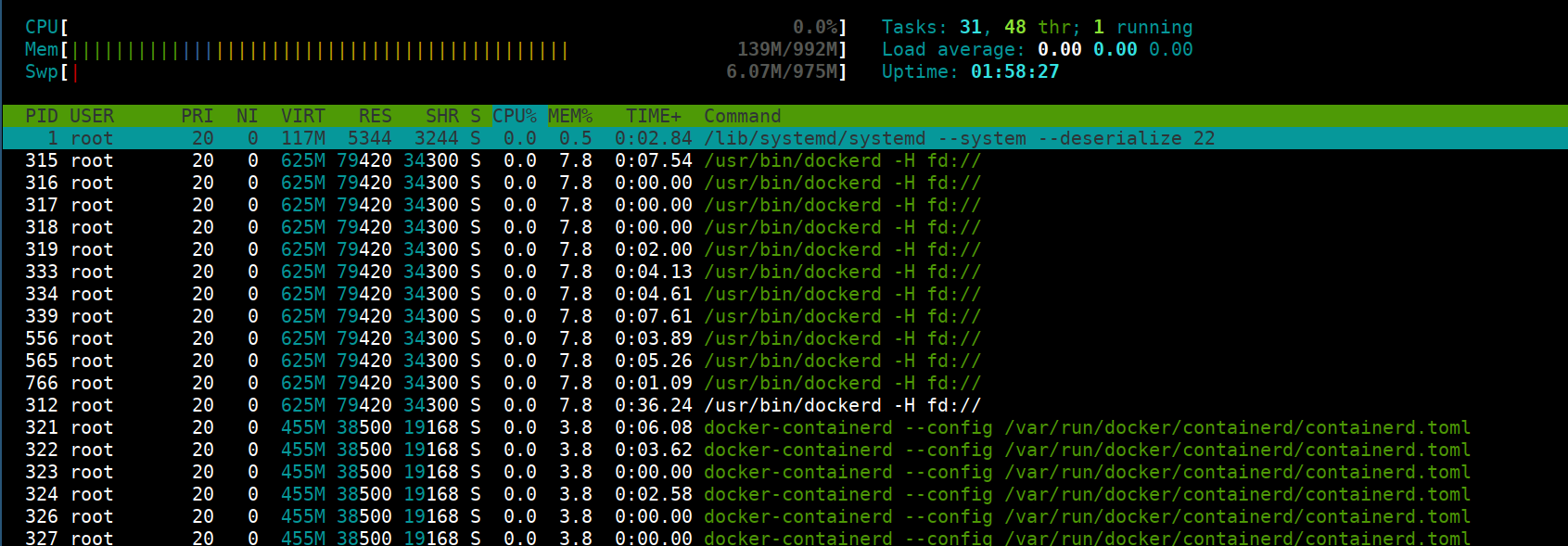Namespaces
Docker uses namespaces to provide the isolated workspace called the container. When you run a container, Docker creates a set of namespaces for that container.
- The
pidnamespace: Process isolation (PID: Process ID) - The
netnamespace: Managing network interfaces (NET: Networking) - The
ipcnamespace: Managing access to IPC resources (IPC: InterProcess Communication) - The
mntnamespace: Managing filesystem mount points (MNT: Mount) - The
utsnamespace: Different host and domain names (UTS: Unix Timesharing System) - The
usernamespace: Isolate security-related identifiers (USER: userid, groupid)
Namespaces Demonstration
docker run --rm -d alpine sleep 1111
ps auxx | grep 'sleep 1111'
sudo ls /proc/[pid]/ns/

PID namespace
PID namespaces isolate the process ID number space, meaning that processes in different PID namespaces can have the same PID
PID namespaces allow containers to provide functionality such as suspending/resuming the set of processes in the container and migrating the container to a new host while the processes inside the container maintain the same PIDs
For example, while running nginx docker container we always get PID 1 for nginx but at the host we see a different PID like
9989
docker run --rm --name=samplewebapp1 -d nginx:alpine
ps auxxx | grep nginx
docker exec -it samplewebapp1 sh
ps auxxx | grep nginx

docker run --rm --name=samplewebapp2 -d nginx:alpine
ps auxxx | grep nginx
docker exec -it samplewebapp2 sh
ps auxxx | grep nginx

- Here we can see that both process have different pids in host system but inside container they both use pid 1
Attaching host processes to container
- We can also pass or attach the host process namespace or any other container process namespace to container using the --pid flag
docker run --rm -it --pid=host jess/htop
